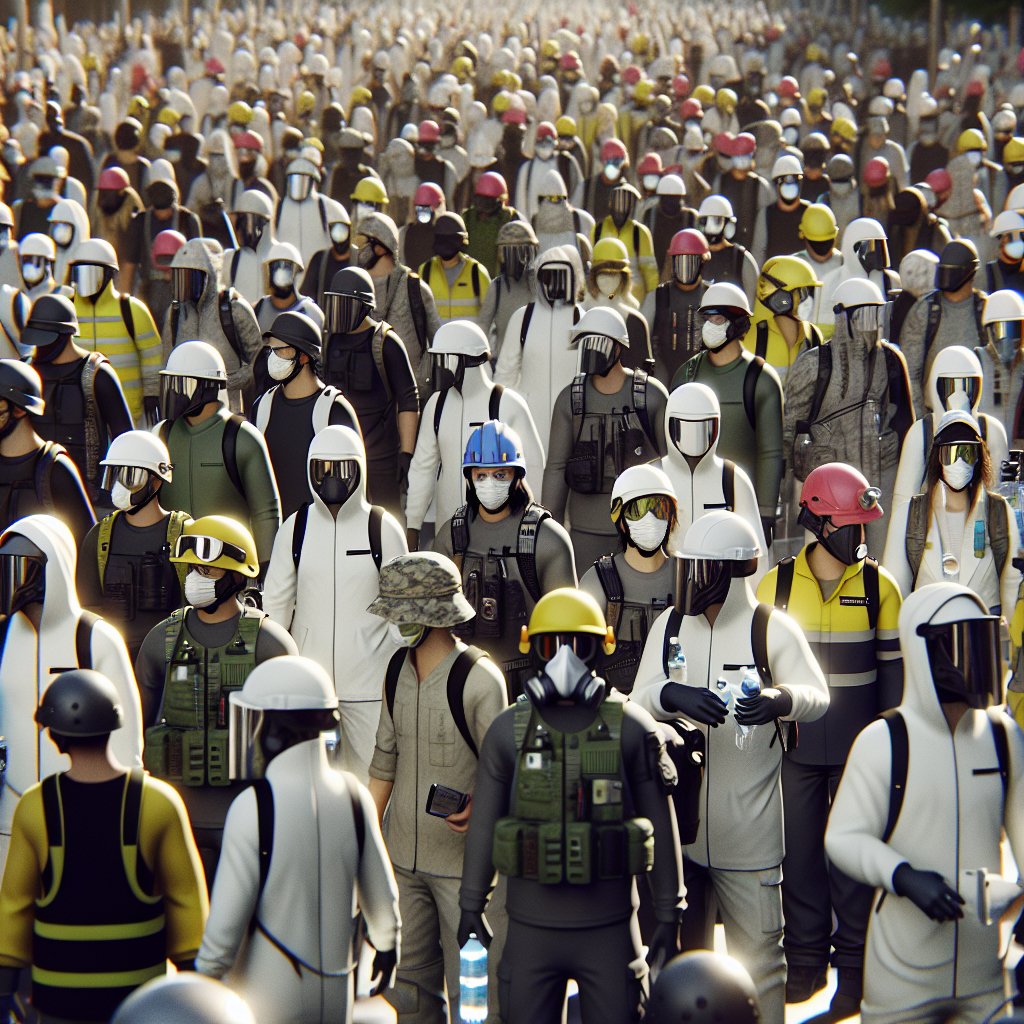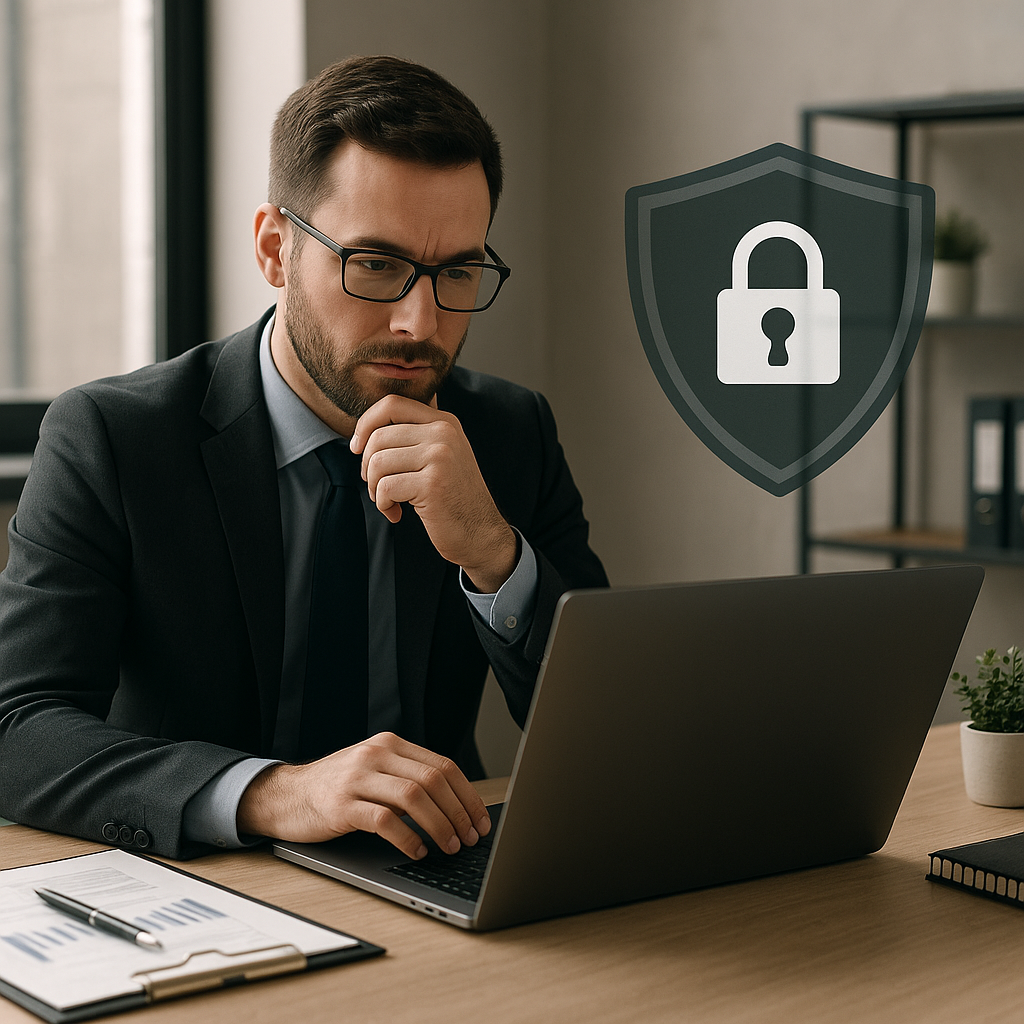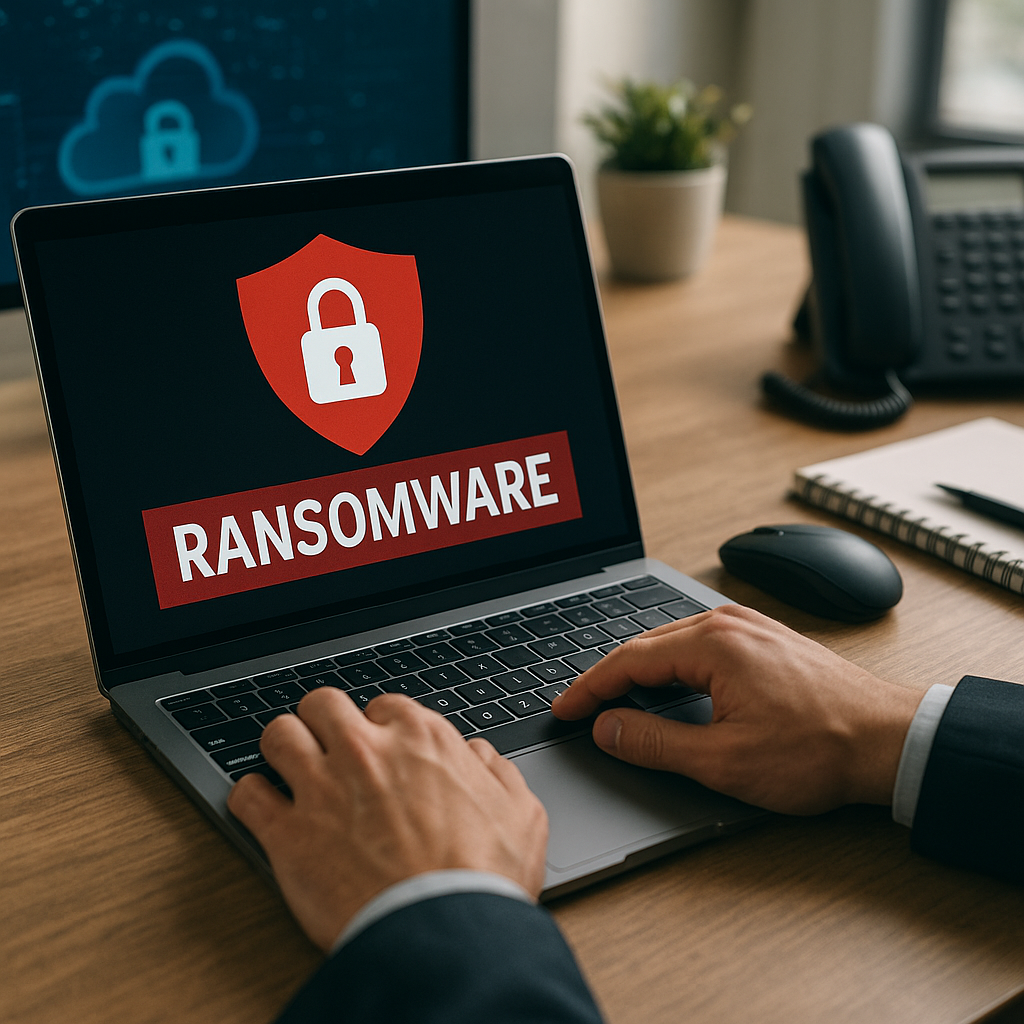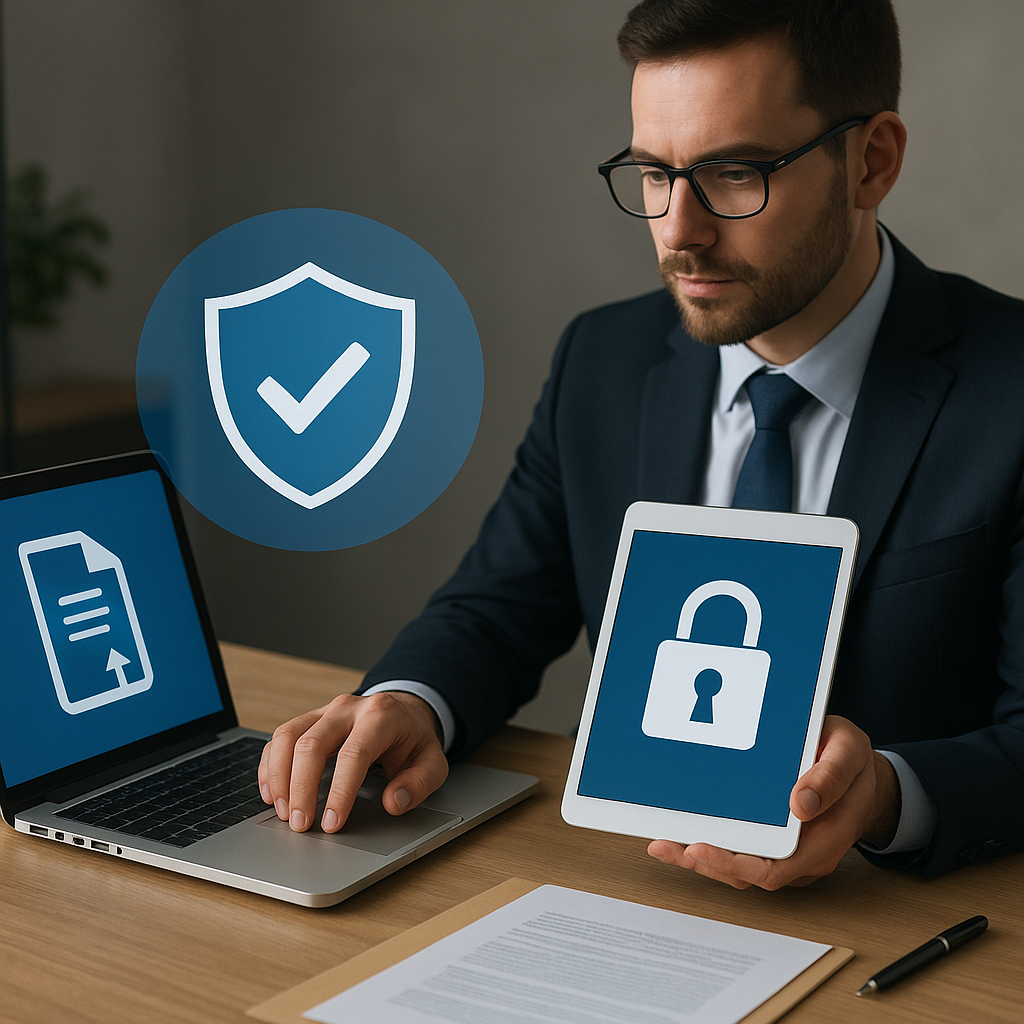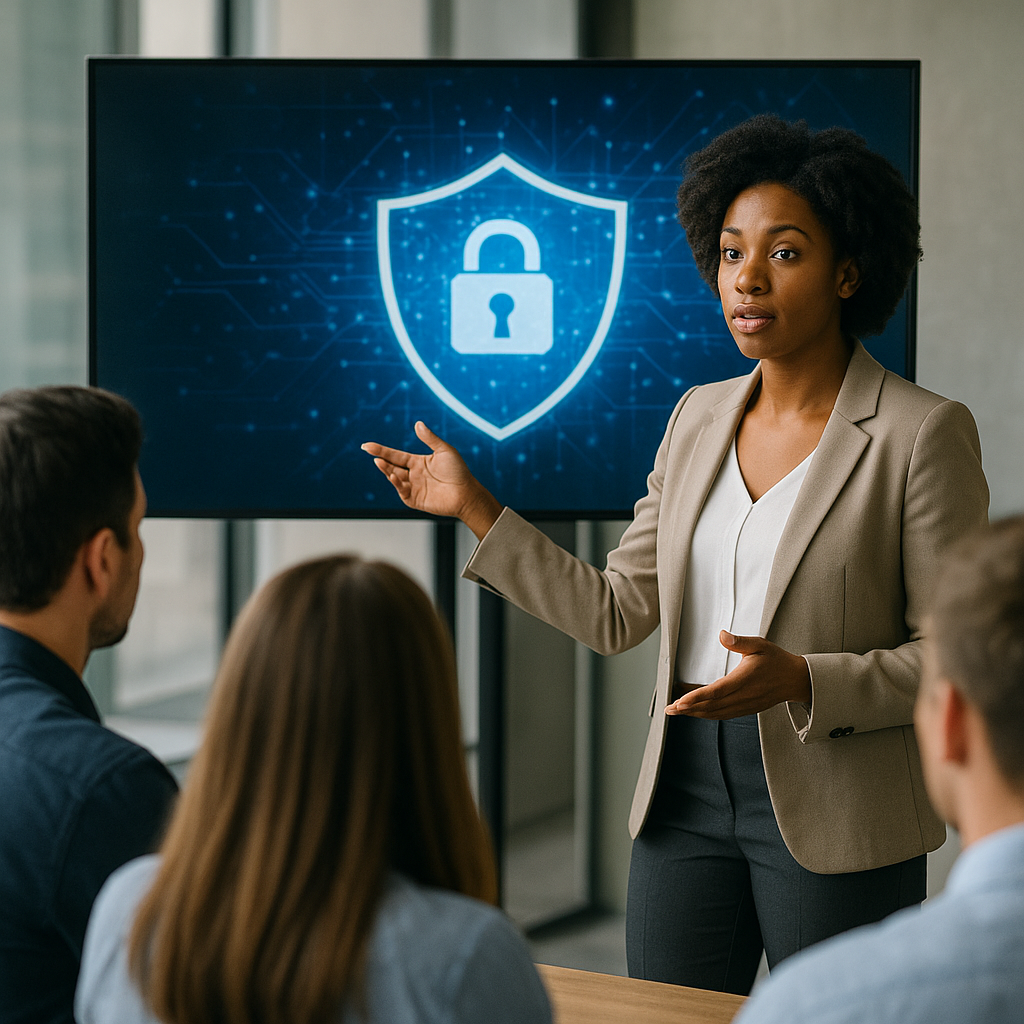Staying safe during a protest or public demonstration is crucial for both personal well-being and the effectiveness of the movement. As public gatherings can sometimes escalate into chaotic situations, understanding how to navigate these environments is essential. This article will explore various strategies and tips to ensure safety while participating in protests, as well as the importance of being informed and prepared.
Understanding the Environment
Before attending a protest, it is vital to understand the environment you will be entering. Protests can vary significantly in size, location, and purpose, which can all influence the level of risk involved. Here are some key factors to consider:
1. Research the Event
Gather as much information as possible about the protest. This includes the time, location, expected number of participants, and the organizers behind the event. Understanding the goals of the protest and the potential for counter-protests or police presence can help you prepare adequately.
2. Know Your Rights
Familiarize yourself with your rights as a protester. In many countries, the right to assemble and express opinions is protected by law. However, these rights can vary based on location and circumstances. Knowing what you can and cannot do can help you navigate interactions with law enforcement and ensure that you remain within legal boundaries.
3. Assess the Risks
Every protest carries inherent risks, including the possibility of violence, arrests, or health hazards. Assess the potential risks based on the location and nature of the protest. If the event is expected to draw a large crowd or has a history of conflict, consider whether it is safe for you to attend.
Preparation Before the Protest
Preparation is key to ensuring your safety during a protest. Here are some essential steps to take before heading out:
1. Dress Appropriately
Wear comfortable clothing and shoes that allow for easy movement. Avoid wearing anything that could be easily grabbed or that may restrict your mobility. Additionally, consider wearing layers to adapt to changing weather conditions.
2. Bring Essential Supplies
Pack a small bag with essential supplies, including:
- Water: Staying hydrated is crucial, especially in large crowds.
- Snacks: Energy-boosting snacks can help maintain your stamina.
- First Aid Kit: A basic first aid kit can be invaluable in case of minor injuries.
- Identification: Carry a form of ID in case you need it for identification purposes.
- Phone: Ensure your phone is charged and consider bringing a portable charger.
- Emergency Contacts: Have a list of emergency contacts readily available.
3. Plan Your Route
Know how to get to the protest location and have a plan for how to leave if necessary. Familiarize yourself with public transportation options, parking areas, and potential escape routes in case the situation escalates.
4. Buddy System
Whenever possible, attend protests with a friend or a group. Having someone with you can provide support and ensure that you look out for each other’s safety. Establish a meeting point in case you get separated during the event.
During the Protest
Once you are at the protest, staying aware and vigilant is essential. Here are some tips to help you navigate the event safely:
1. Stay Aware of Your Surroundings
Keep an eye on the crowd and be aware of any changes in the atmosphere. If you notice signs of escalating tension, such as aggressive behavior or increased police presence, be prepared to leave the area.
2. Follow Instructions from Organizers
Protest organizers often have plans in place for maintaining safety. Pay attention to their instructions and follow any guidelines they provide. They may have designated areas for specific activities or instructions on how to respond to potential threats.
3. Avoid Confrontation
If you encounter counter-protesters or individuals looking to incite conflict, it is best to avoid confrontation. Engaging in arguments or physical altercations can escalate the situation and put you at risk. Instead, focus on the purpose of the protest and remain peaceful.
4. Use Technology Wisely
While smartphones can be useful for communication and documentation, be cautious about sharing your location or personal information on social media. Consider using encrypted messaging apps to communicate with friends and family during the protest.
Dealing with Law Enforcement
Interactions with law enforcement can be a significant concern during protests. Here are some strategies to help you navigate these encounters safely:
1. Know Your Rights When Stopped
If approached by law enforcement, remember that you have the right to remain silent and the right to ask if you are being detained. Be polite but firm in asserting your rights. If you are arrested, provide your name and address but refrain from answering any further questions without legal representation.
2. Document Interactions
If you feel safe doing so, document any interactions with law enforcement. This can include taking photos or videos of the encounter. This documentation can be crucial if any legal issues arise later.
3. Stay Calm
In tense situations, remaining calm can help de-escalate the situation. Avoid making sudden movements or aggressive gestures, as these can be misinterpreted by law enforcement. Speak clearly and respectfully, and try to keep your emotions in check.
Post-Protest Considerations
After the protest, it is essential to take care of yourself and reflect on the experience. Here are some steps to consider:
1. Check In with Your Group
If you attended the protest with friends or family, check in with each other to ensure everyone made it home safely. Discuss any concerns or experiences you had during the event.
2. Reflect on the Experience
Take some time to reflect on the protest and what you learned from the experience. Consider how it aligns with your beliefs and what actions you may want to take in the future.
3. Stay Informed
Continue to stay informed about the issues that prompted the protest. Engage with community organizations, follow news updates, and consider how you can contribute to the cause beyond the protest itself.
Conclusion
Participating in protests and public demonstrations is a powerful way to express your beliefs and advocate for change. However, ensuring your safety during these events is paramount. By understanding the environment, preparing adequately, staying aware during the protest, and knowing how to interact with law enforcement, you can help create a safer experience for yourself and others. Remember that your voice matters, and with the right precautions, you can make a meaningful impact while prioritizing your safety.
